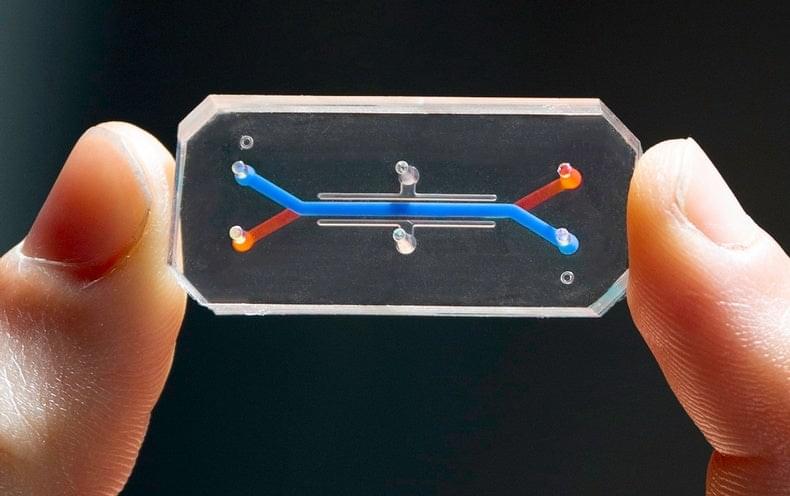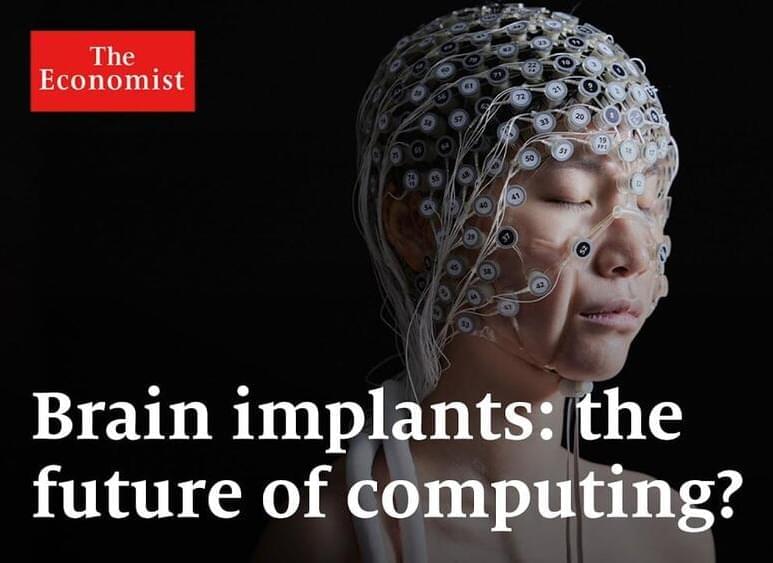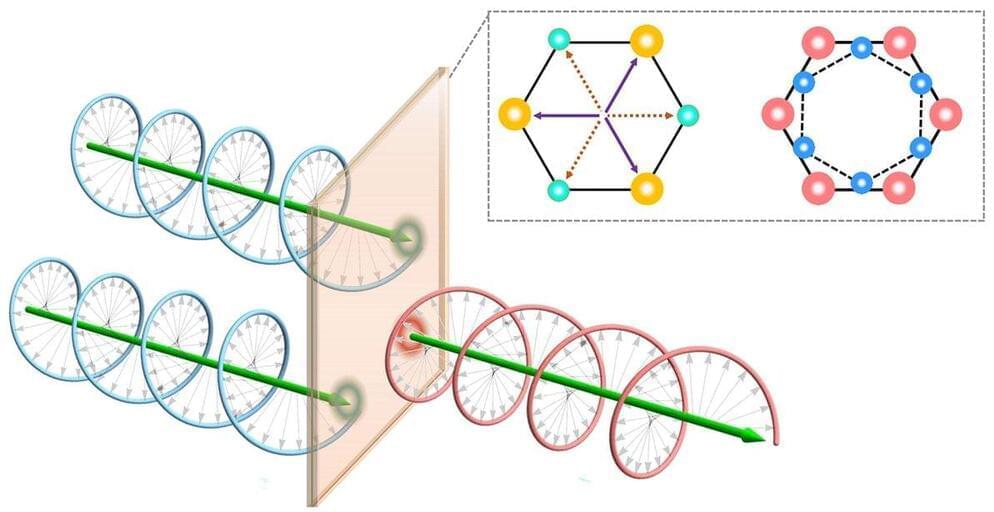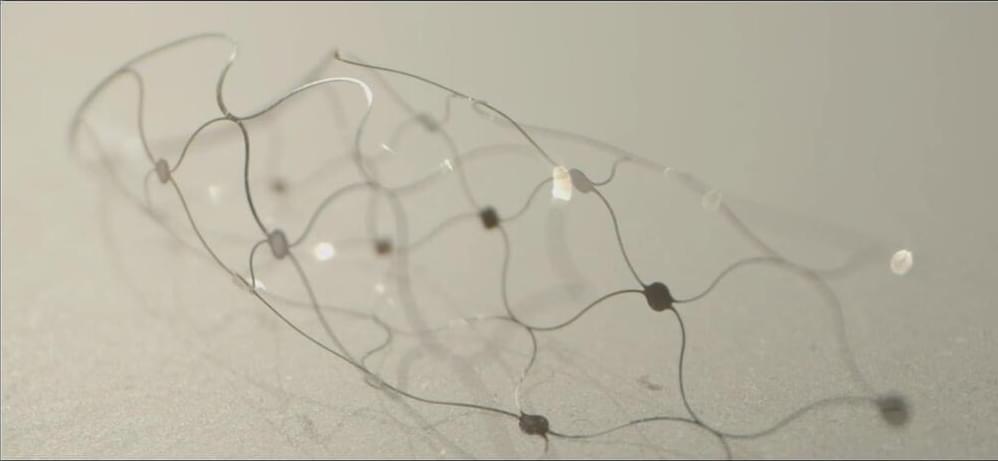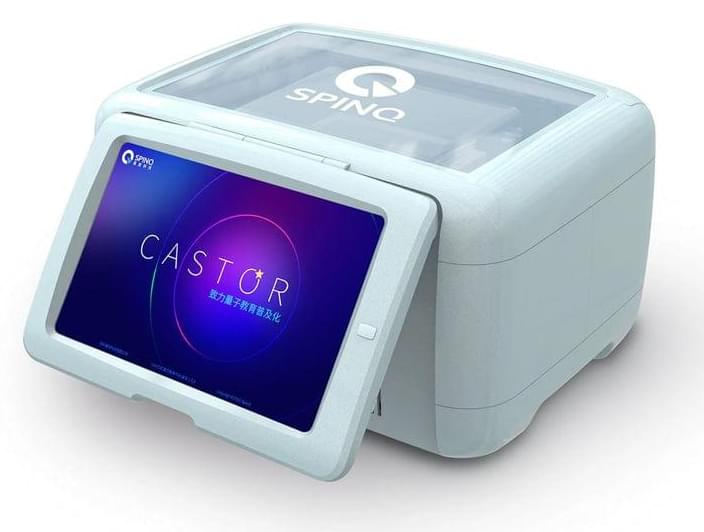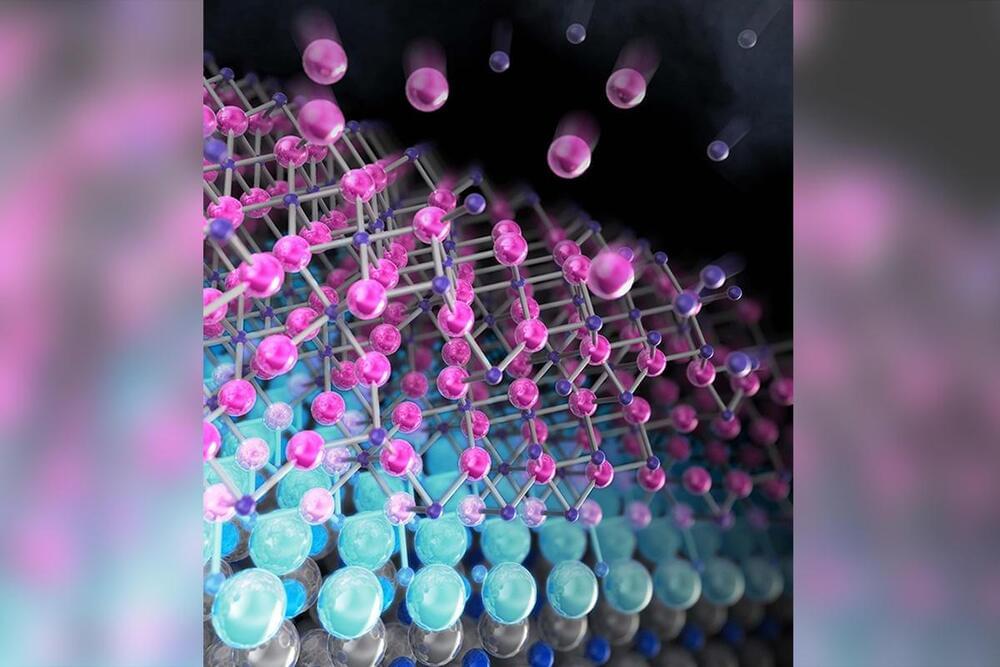Dec 19, 2022
How chaos theory mediates between quantum theory and thermodynamics
Posted by Quinn Sena in categories: computing, particle physics, quantum physics
A single particle has no temperature. It has a certain energy or a certain speed—but it is not possible to translate that into a temperature. Only when dealing with random velocity distributions of many particles does a well-defined temperature emerge.
How can the laws of thermodynamics arise from the laws of quantum physics? This is a topic that has attracted growing attention in recent years. At TU Wien (Vienna), this question has now been pursued with computer simulations, which showed that chaos plays a crucial role: Only where chaos prevails do the well-known rules of thermodynamics follow from quantum physics.

